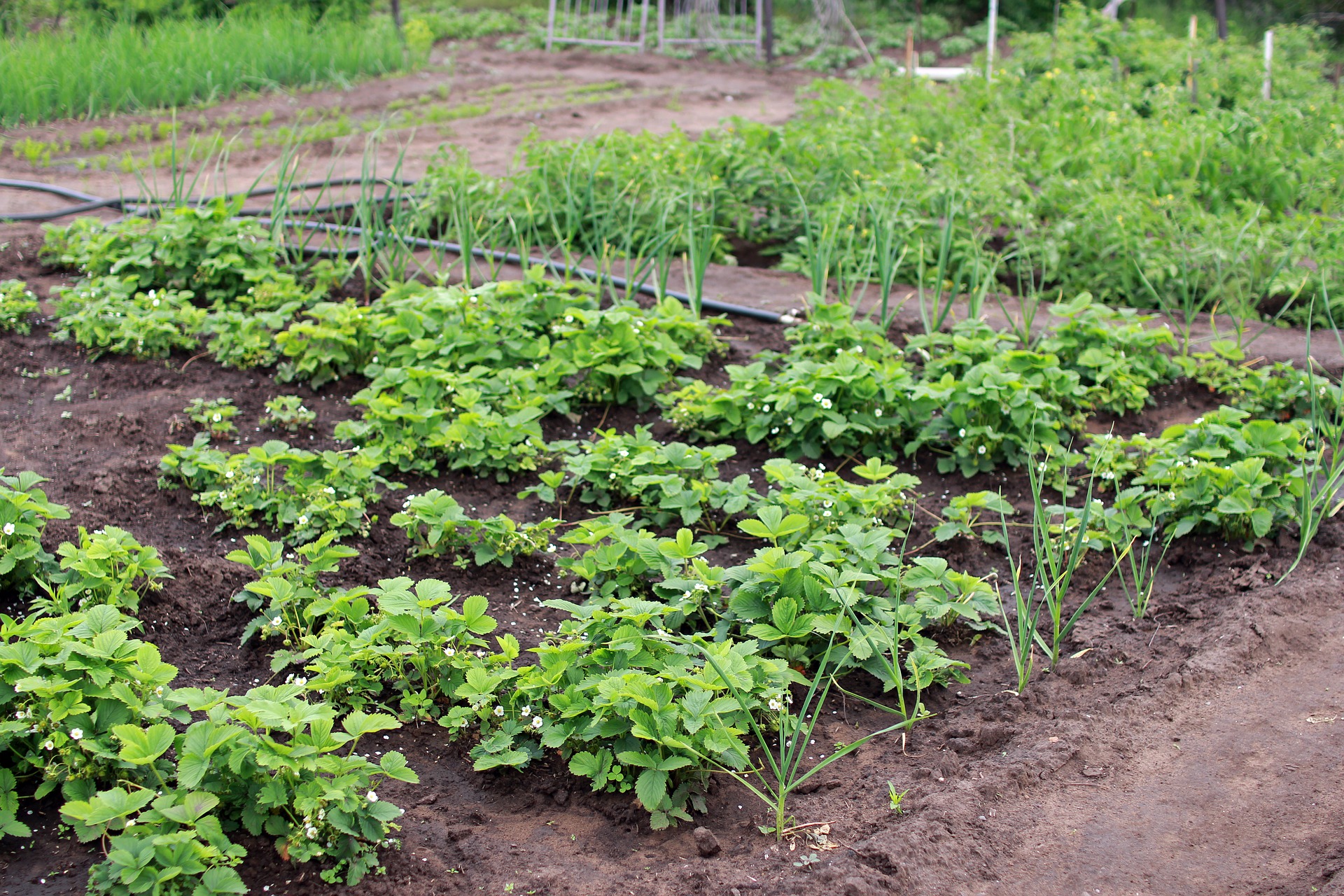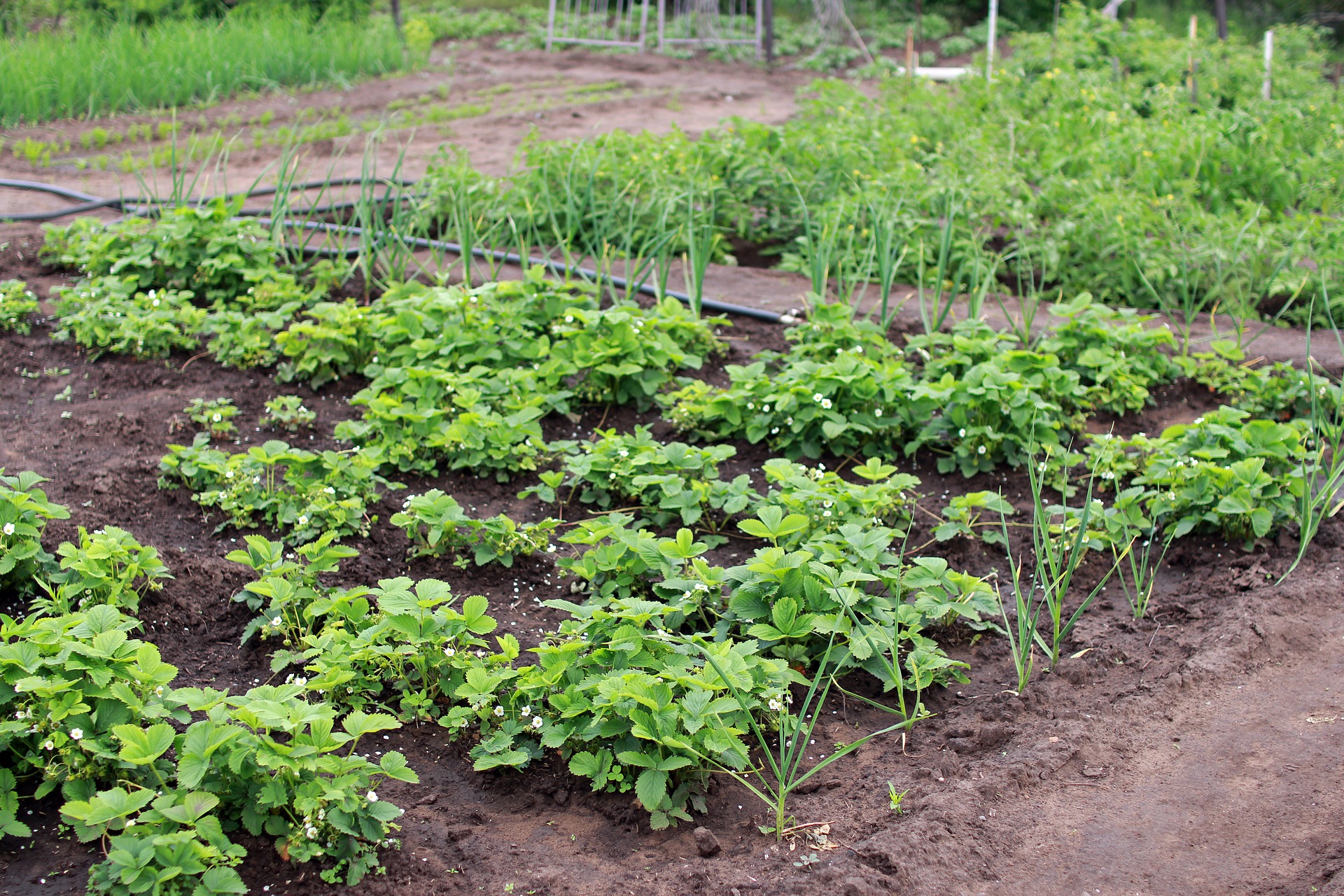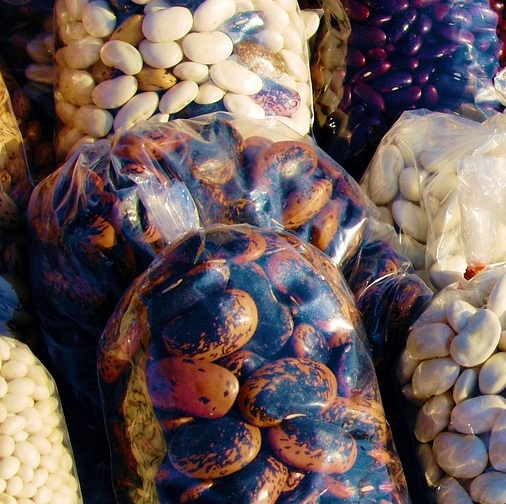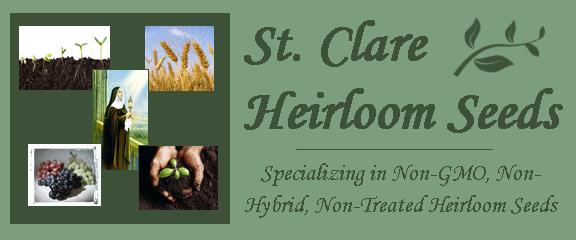

If you have never gardened before, now is the perfect time to start. Digging in the dirt is a fantastic way to de-stress and connect with nature, and a fun way to exercise! There is nothing more rewarding than strolling through your garden and picking vine-ripened tomatoes and cucumbers to toss into a crisp salad!
SELECTING THE BEST LOCATION
The first step to take is to examine your yard for space and sunlight, away from deep roots, which can be a problem when you go to prepare your bed, and compete for nutrients with your plants, as well. Pick a spot that has least six hours of daily sunlight, and preferably loose, well-drained soil. If the ideal sunny spot is low-lying, you may want to build raised bed filled with soil mixed with compost or mature, to help with drainage, since low-lying spots tend to collect water, and will kill your plants.
Also, you’ll want to make sure your location is close enough to your water source. 🙂 Can your garden hose reach the spot, or else, are you willing to lug water to your chosen location? This is important, as consistent watering is vital in the garden!
Next, stake out the size, making sure the area you choose will fit your needs. If you plan to try vining plants such as cucumbers, squash, pumpkins, or melons, make sure to give enough space for these! A good idea before digging is to call your utility companies to come and mark any underground lines or pipes.
Another tip relating to size: start out small. We know it’s so easy to want to plant everything, as we all love our fresh garden veggies. We have found, though, it’s best to try only a bit of a particular variety, and keep it small and manageable. This really sets you up for success, not getting overwhelmed by too much, too fast!
ASSESSING YOUR SOIL
The secret to a healthy garden is to have loose, healthy soil with plenty of oxygen, nutrients and minerals. Assess your soil to determine if it is mostly sand, silt, or clay, as this will help you assess how much nutrients are there are in your chosen spot, as well as how much watering you may need to do, too:
- Sandy soil tends to be poor in nutrients, and needs more amending to feed your plants. Gardens with sandy soil will need more frequent watering.
- Silty soils are dense and do not drain well, however, they are more fertile than either sandy or clay soils. Clay soil is dense and holds water much longer.
- Clay also has much more nutrients than the others, but it is harder to dig and work with work.
AMENDING YOUR SOIL

Adding humus and compost to your garden is the best method to enrich your soil. Humus is organic matter made from manure, compost, grass clippings, wood chips, or mulch that decays over time into soil. If your soil is compacted, use a shovel or garden tiller to mix in organic matter to add oxygen, help soil drain properly, and give roots room to grow and spread easily.
Composting is actually quite easy. Compost bins are available at your local hardware store, or you can form a pile in the corner of your yard, away from your house to keep pesky insects and rodents far away. Place layers of straw, leaves, grass clippings, and food waste, in your compost bin. It’s best to steer clear of putting meat in your compost, as it takes longer to compost, and if your compost isn’t hot enough it can cause bacterial growth in your compost pile. Read a good article on composting, and you, too can successfully create your own garden amendment to feed and enrich your soil.
GOING ORGANIC

Gardeners have learned that artificial weed killers, pesticides and fertilizers contain toxic chemicals, which may cause cancer and damage the immune system. These harmful chemicals can also damage your soil, poison insects and birds, and leach hazardous chemicals into groundwater. Some alternatives to maintain a healthy soil balance are:
- Fertilizer: Animal manure and compost as fertilizer
- Balanced soil pH: Rotate crops to keep from draining the soil of nutrients via one plant using up the same nutrients over and over. Also, legumes add nitrogen to the soil, so rotating beans and peas around the garden each year helps keep your soil in good health.
- Companion planting: Plant marigolds, basil and other scented plants, which help attract insects away from your vegetables, or repel insects.
- Mulching: Covering the soil with organic straw, grass clippings or bark will reduce weeds, protect seeds from extreme heat and cold, and reduce water loss. Grass clippings also add nutrients to the soil each time you water, or when it rains!
CHOOSING YOUR SEEDS
Some of the easiest to grow vegetables which are fast growing, generally disease resistant, and most prolific are: cucumbers, green beans, lettuce, radishes, spinach, and squash, especially zucchini/summer squash. These seeds will give you the most bang for your buck!
Nutritionists recommend including the ‘colors of the rainbow’ in your diet to strengthen your immune system. Fresh vegetables are an incredible source of vitamins, minerals and anti-oxidants, so growing your own is a great way to add these into your diet and kick-start your health. Some of the most nutritious vegetables are:
- Green beans: Green beans are packed with protein, vitamin A, B-6, C, E, K, thiacin and niacin, and high in minerals, and are a staple of many gardens.
- Lettuce: A universal favorite, lettuce takes up very little space, and is rich in fiber, vitamin K, iron, beta-carotene, and lutein, which can improve eyesight and reduce heart disease.
- Tomatoes: Probably the most popular and prolific garden vegetable,tomatoes are super healthy and are known to reduce heart disease, cholesterol and blood clots. Give your tomatoes plenty of space and plan on adding tomato cages.
- Squash, both winter squash and summer squash: One of the most nutritious and versatile vegetables, be careful and only plant one or two squash plants, as their harvest is quite bountiful. The joke in many small towns is to make sure you lock your car door, otherwise you might find your car loaded with zucchini or squash!
PLANTING SEASONS
The main two planting seasons are Spring and Fall, so check out the directions on your seeds for planting instructions concerning frost dates to make sure you don’t plant summer vegetables too late in the fall, or too early in the spring, so they don’t get damaged by frost. When you are ready to plant, follow the directions on your individual seed packets for depth and spacing of your seeds.
- Cool season: Asparagus, beets, broccoli, brussels sprouts, chives, cabbage, carrots, cauliflower, swiss chard, kale, leek, lettuce, onion, parsnips, peas, radishes, spinach, and turnips prefer cooler temperatures and can tolerate frost.
- Warm season: Beans, corn, cucumbers, eggplants, melons, okra, peppers, pumpkins, peas, summer squash or zucchini, winter squash, potatoes, sweet potatoes, tomatoes and zucchini need warm weather and will be damaged by frost, and should be planted in late spring, after the last frost.
WATERING PROPERLY
After planting your St. Clare’s Heirloom seeds, make sure to give thm a good watering. Misting with a sprinkler, watering can, or wand sprayer is best, as too powerful a spray or splash can wash your seeds right out of the soil. One mistake gardeners can make is watering their seeds too much or too little. If your soil is amended and not too sandy, generally one inch per week is enough. With sandier soil or a very sunny location, make sure to keep an eye on how dry your soil gets. Remember, just like with anything else in the science of gardening, there are no hard or fast rules to watering. Each gardener has to check the watering instructions for their specific plants, and monitor the amount of rainfall and sunlight their garden gets.The best way to tell if you need to water is to push a finger, or dig, an inch down into the soil (that’s about one knuckle deep). If it’s dry, it’s time to water. Plan to water in the mornings if you can, to give the plants time to dry out, as they are more prone to disease when they are too wet.
HARVESTING YOUR VEGETABLES

- Peak tenderness: Some vegetables are harvested when they are still quite young, such as beans, cucumbers, radishes, salad greens, zucchini, and turnips. Tomatoes and peppers can be eaten green, or left to fully ripen to get the most flavor. Left on the vine, hot peppers might get really hot, so keep this in mind! Since ripeness varies widely, again, follow the instructions for your individual seeds, especially when it comes to varieties that are not your typical color, like black tomatoes. 🙂
- Watch garden closely: With the right conditions, vegetables, such as zucchini, can jump from a few inches to a monster baseball bat in just a few days! Picking vegetables at their peak will give you the most flavor and nutrients, and helps produce bigger crops with continuous producing crops, such as beans.
- Correct tools: Keep gardening shears on hand for the vegetables, such as tomatoes and zucchini, that need to be cut, rather than picked, to prevent damaging the plant, which leaves an opening for disease or insects.

SAVING SEEDS
One advantage of using heirloom seeds, that many people are unaware of is that they can be saved from your harvest, to use for the next year. This will save money, and it can be fun to try. Some of the easiest seeds to save are cucumbers, green beans, peas, squash and tomatoes. Be patient when saving seeds and don’t get discouraged if it doesn’t work the first time!
Once you have harvested your garden, have fun discovering new ways to include vegetables in your diet, such as turning zucchini into bread, or lettuce into sandwich wraps. From tasty casseroles and soups, to appetizing salads, you can plan nutritious and exciting meals!


This will be my first attempt at growing from seed. I am doing a 4 x5 raised bed and will plant in 1 ft Squares. Will start the seeds indoors the first week of April.
Hi Mark,
That’s awesome! We hope you garden goes great this year. 🙂
God bless!
John, Sarah, and Family
Happy New Year!
Found you on “G” and am thrilled to discover your offerings. Newbie to growing veggies even with limited space. Appreciate your article on beginners and am building my seeds listing now:)
All the Best to You
HI Diane,
Thank you for your comment! Love hearing from those who find us. 🙂 Hope you have a great year gardening. Please feel free to email anytime you have questions. We’re happy to help where we can.
God Bless,
John, Sarah, and Family
Merry Christmas!
I love this sight. I’m looking for black tea plants
As a Franciscan Brother who was working as gardener in Nazareth in the Holy Land I can appreciate the service you supply. May God bless You.
My sister told me about your site. After reading your statement we both said we will be buying all our seeds from your company!!! I look forward to purchasing my seeds from you for as long as I am gardening. Thank you for standing up for God and country!!!
Jesus Christ, USMC, 2nd Amendment, Pro-Life and America First! I’m so glad I found your web page and am getting my order together for you guys.
Semper Fi,
CEB
I am so happy I found your business! I wish I would have found you earlier I love the fact that you are in my community and that you are proud of your love of Christ!
Thank you for the gardening tip. This is my fist garden. I’m excited to go organic and grow my own fruits and vegetable.